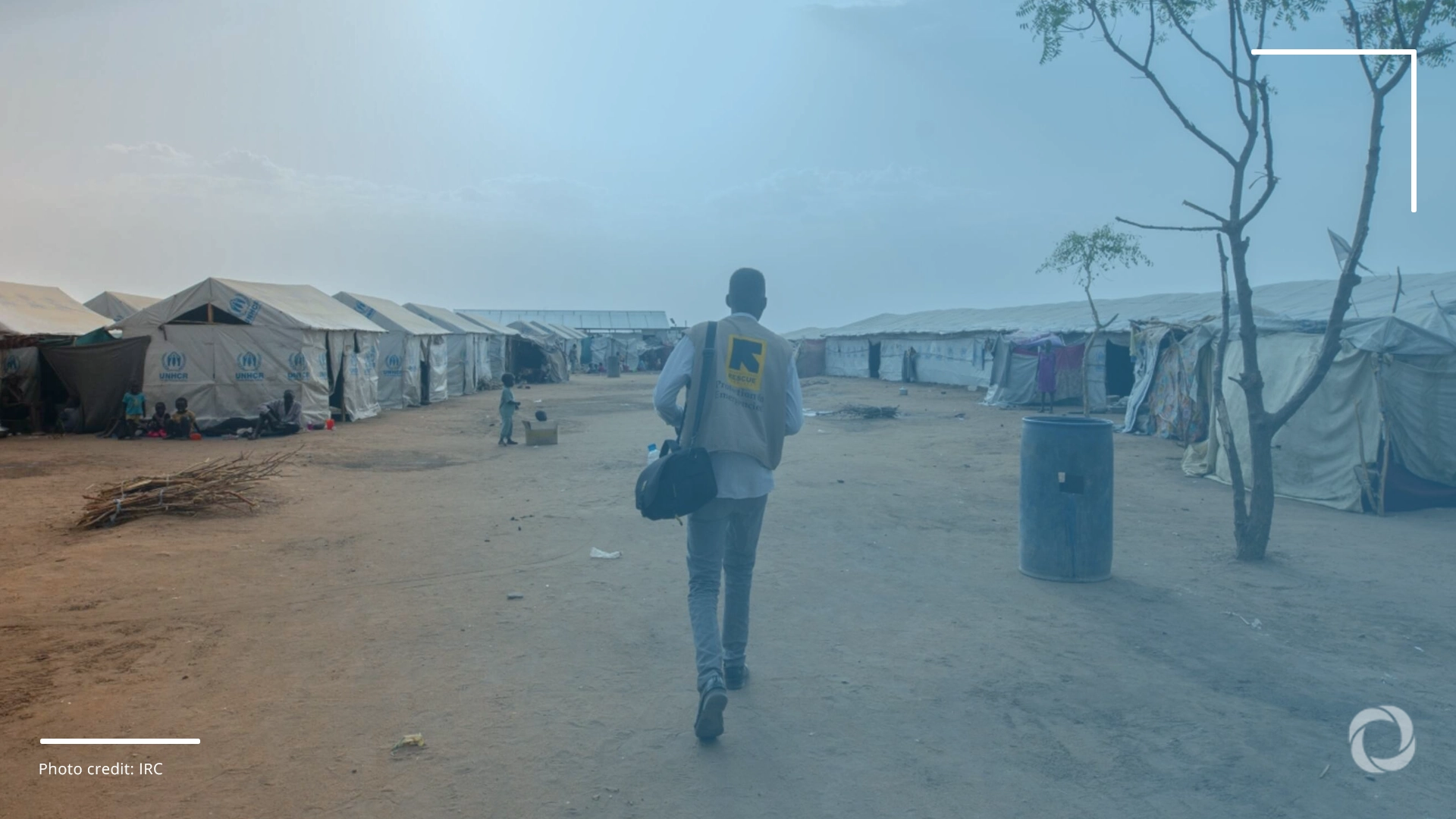Sudan is facing severe humanitarian crises caused by the ongoing civil war, climate change, and intercommunal conflicts. The war has exposed almost 30 million Sudanese – over 60% of the country’s population – to a desperate need for medical care, food, shelter, and clean water. Aid workers in Sudan are facing huge challenges, such as targeted attacks and shrinking funding. According to the UN, since the 2023 civil war, at least 120 aid workers have died in Sudan, making it one of the most lethal nations for aid workers.
Nevertheless, the staff of humanitarian organizations working in Sudan continue to operate on the ground, providing much-needed assistance.
Sudan humanitarian crisis in 2025 – the key facts:
- Over 15 million people required healthcare assistance as 80% of hospitals have closed, while others lack adequate personnel and medical supplies.
- According to the UN Office for the Coordination of Humanitarian Affairs (OCHA), over US$10 billion is required to meet the country’s humanitarian needs of over 30 million people in the country and 5 million refugees living abroad.
- The dismantling of the USAID, whose over US$661 million contribution constituted 44% of Sudan’s humanitarian funding in 2024, has caused the closure of food kitchens and emergency health programs, as well as mass layoffs.
- 55 cents per person, per day (US$-cents, most likely, editor’s note) is the amount requested from international donors by Edem Wosornu, Director of Operations and Advocacy for the humanitarian affairs office at OCHA, to continue humanitarian assistance.
- Around 260,000 civilians – including 130,000 children – remain trapped in the main camp for internally displaced people on the outskirts of the city of El-Fasher, where they have endured desperate conditions without aid for more than 500 days (16 months).
What follows is a selection of 10 of many humanitarian organizations addressing Sudan’s humanitarian crisis that requires assistance and support from the international community.
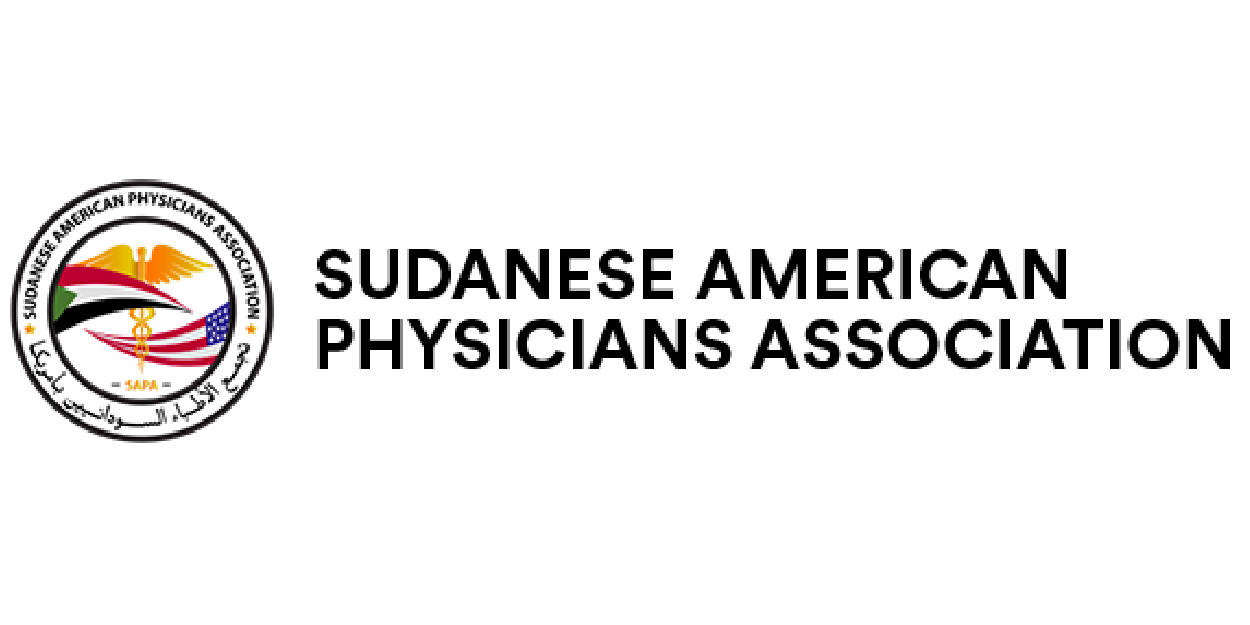 Sudanese American Physicians’ Association (SAPA)
Sudanese American Physicians’ Association (SAPA)
Founded in January 2019, SAPA is a not-for-profit, apolitical, and humanitarian group. Through its team of doctors, SAPA is enhancing healthcare access and providing medical aid to Sudanese communities.
In 2025, it has partnered with other aid organizations to provide comprehensive healthcare to at least 200,000 beneficiaries in more than 90 service points in Sudan. In its 2025 plan, SAPA will provide life-saving care packages, reinstate broken facilities, and support local health facilities with experienced staff and planned supply chains.
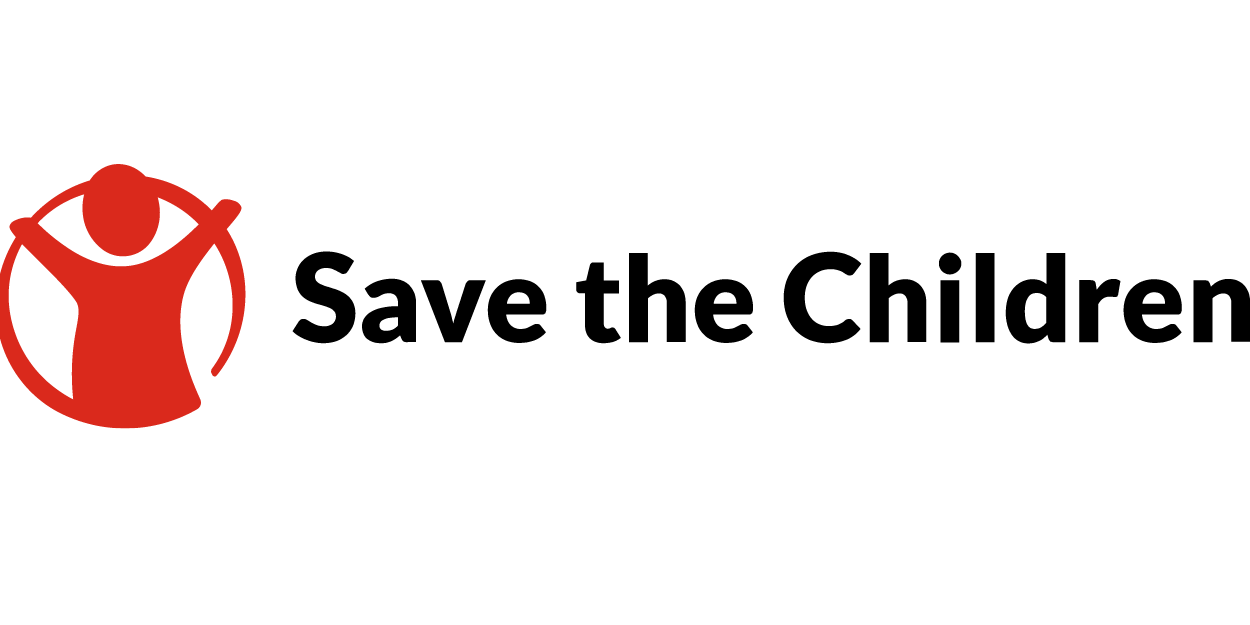 Save the Children (Sudan)
Save the Children (Sudan)
Since its inception in 1983, this organization continues to support children and households affected by war, displacement, and hunger in developing nations. It focuses on children’s welfare, as out of the approximately 30 million people impacted by the war, almost 16 million are children who represent the country’s future.
In Sudan, Save the Children has provided humanitarian aid under the form of health services and drinkable water, sanitation, and hygiene (WASH) services to almost 3.8 million people, including over 1.7 million children.
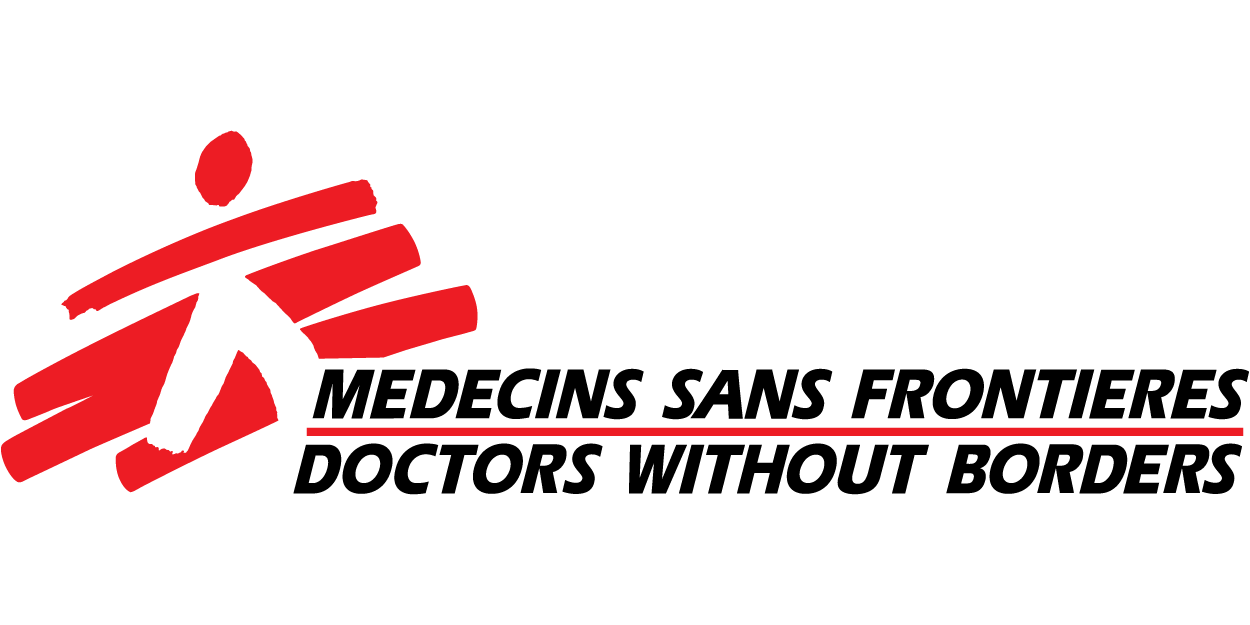 Doctors Without Borders/Médecins Sans Frontières (MSF)
Doctors Without Borders/Médecins Sans Frontières (MSF)
Established in 1971 in France, MSF is a non-profit group providing medical aid to victims of wars, disasters, and epidemics across the world. In Sudan, MSF is treating war-wounded victims and offering medical care in refugee camps and displacement regions. In 2024, the MSF (Sudan) teams conducted almost 900,000 outpatient consultations, provided malnutrition care to almost 60,000 beneficiaries, and assisted more than 24,000 births.
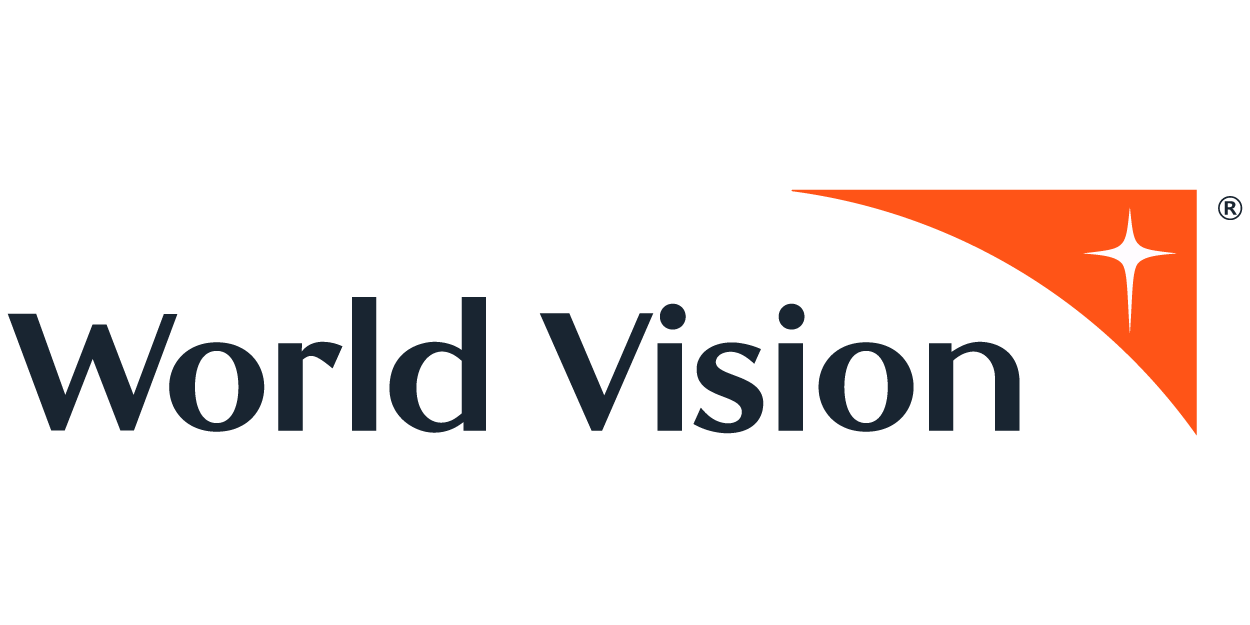 World Vision
World Vision
Started in 1950, World Vision is a Christian relief and development organization helping families and communities to overcome poverty and injustices. With an almost US$27 million budget in FY 2024, World Vision distributed over 7,000 metric tons of direct food aid to more than 573,000 people and cash transfers that impacted 250,000 people in Sudan. Furthermore, the organization has provided health and WASH initiatives as a response to cholera outbreaks in Sudan and has increased accessibility to safe drinking water. World Vision’s interventions have impacted over 2.8 million people, including 1.5 million children in Sudan, by providing food aid, water, healthcare, and psychosocial support.
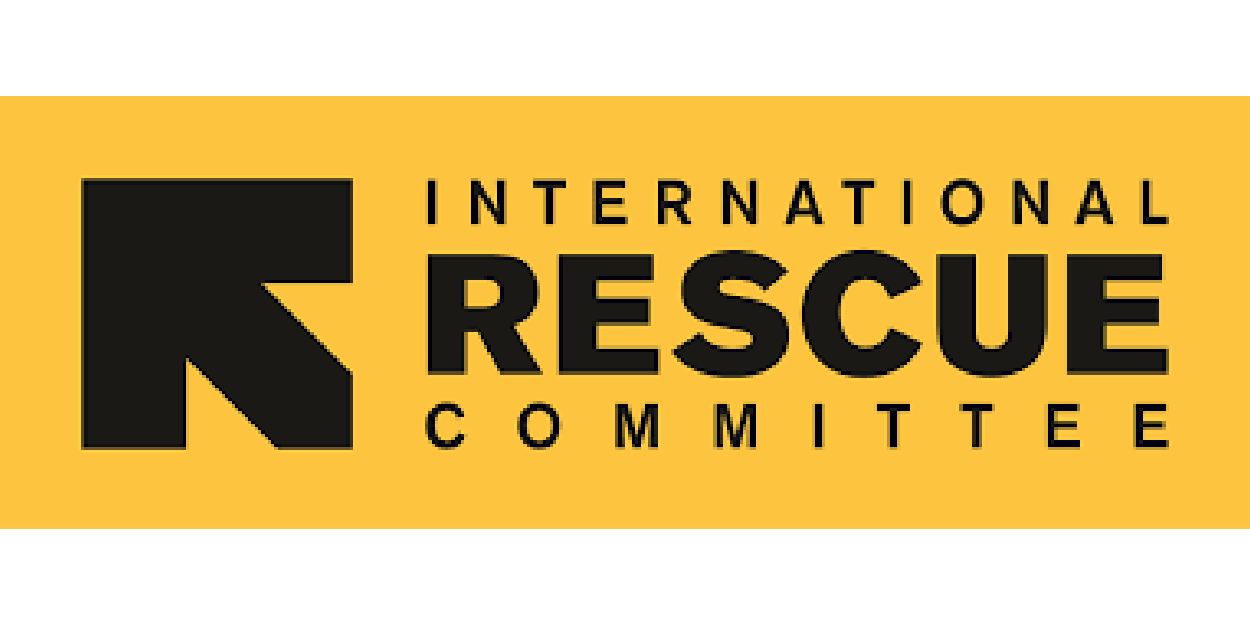 International Rescue Committee (IRC)
International Rescue Committee (IRC)
Since its inception in 1981, the IRC has provided lifesaving care and transformative life assistance to refugees and displaced people who have been compelled to flee from war or emergencies in Sudan. The IRC supports WASH initiatives and provides livelihood aid to Sudanese war victims and refugees in neighboring countries. In response to refugee flows, the IRC provides healthcare services such as treatment for malnutrition, gender-based violence support, and prenatal care for refugees and local communities.
 Mercy Corps
Mercy Corps
A global humanitarian organization working in over 40 nations to alleviate suffering and the oppression of vulnerable populations, Mercy Corps started its work in 2004. Since then, it has supported displaced Sudanese and refugees from neighboring nations. Through its life-sustaining emergency aid initiative, it has provided nearly 100,000 people with emergency cash aid and vouchers. At least 76,000 Sudanese farmers have also benefited from its food security program. In 2024, Mercy Corps (Sudan) assisted at least 991,000 vulnerable people via emergency response, WASH services, and climate adaptation initiatives.
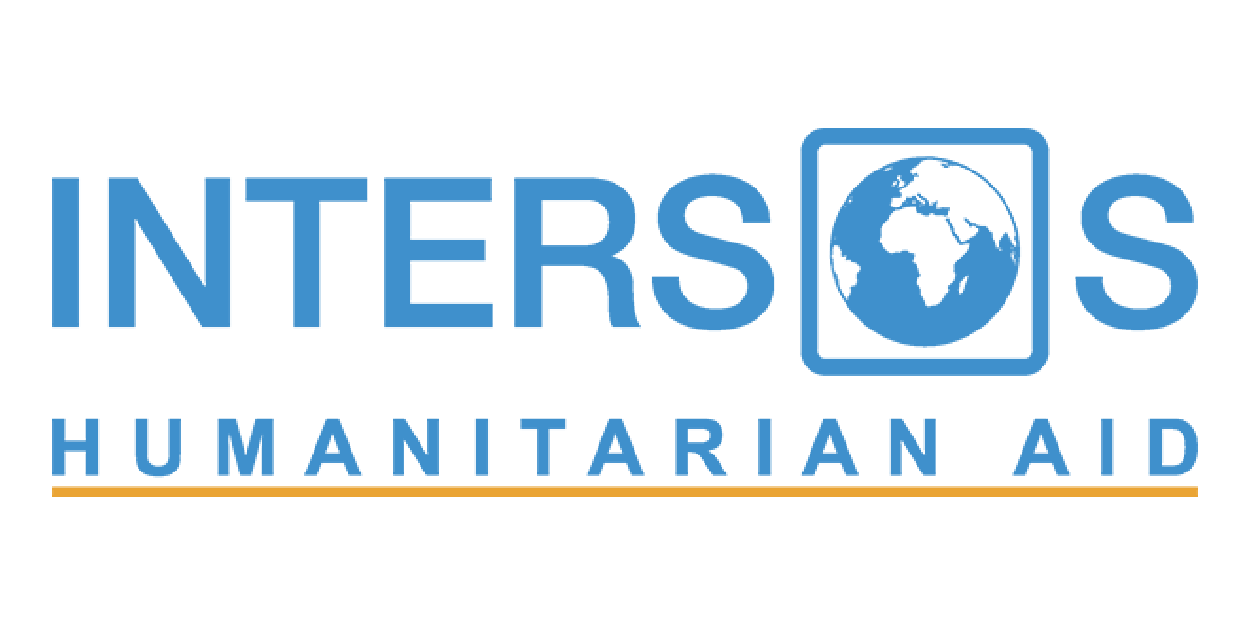 INTERSOS
INTERSOS
This is an international humanitarian group formed in Italy that operates on the frontlines of war, abject poverty, and violence. In Sudan, it began operations in 2004 through a strategic partnership with other humanitarian organizations to provide WASH and food security initiatives. INTERSOS continues to support Sudanese refugees and other vulnerable communities in neighboring nations via protection services such as integrated case management.
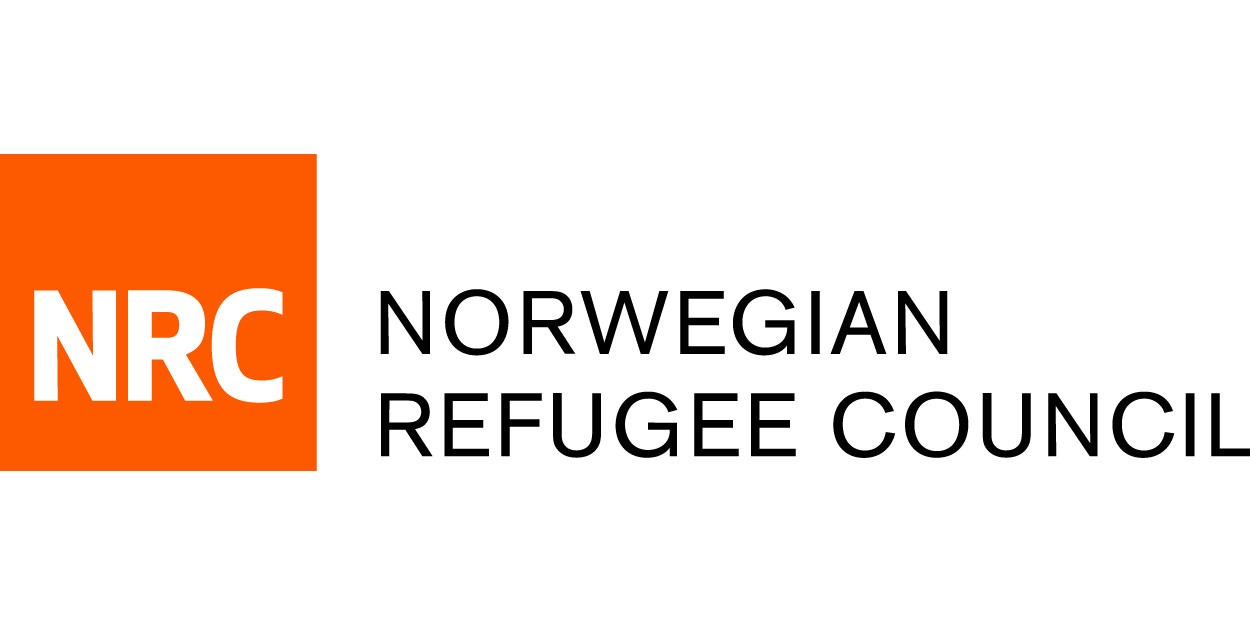 The Norwegian Refugee Council (NRC)
The Norwegian Refugee Council (NRC)
The NRC is an independent body working across 31 nations, providing assistance to people who have been forced to flee due to conflicts or disasters. The NRC began its Sudan operations in 2004, with its activities impacting at least 1 million people in 2024. Furthermore, its over US$26 million cash transfers have helped over 700,000 people to purchase food and medicines.
 Project HOPE
Project HOPE
This is a health-focused humanitarian entity operating in 25 nations with more than 1,000 employees. In Sudan, Project Hope is providing key aid, including delivering and distributing medical supplies to hospitals receiving war victims. Through a partnership, the organization also offered mental health training to over 1,200 medical staff and 14,000 community members in August 2023.
 Relief International (RI)
Relief International (RI)
This NGO operates in more than 50 nations, focusing on reducing human suffering by providing life-saving aid in the most fragile environments. It has provided life-saving assistance in Zamzam, Sudan, where at least 500,000 people survived in desperate conditions. RI also works to rehabilitate health institutions and provide training to healthcare workers in Sudan’s conflict areas.
The commitment of the humanitarian organizations to assist the populations of war-torn countries in the face of much danger epitomizes the spirit of humanitarianism. By supporting local health systems, providing food and water, and providing livelihoods, aid organizations provide relief and establish the basis for the sustainable growth of vulnerable populations. Consequently, their presence in Sudan exemplifies their essential role within global solidarity to define the nation’s resilience and future recovery.
